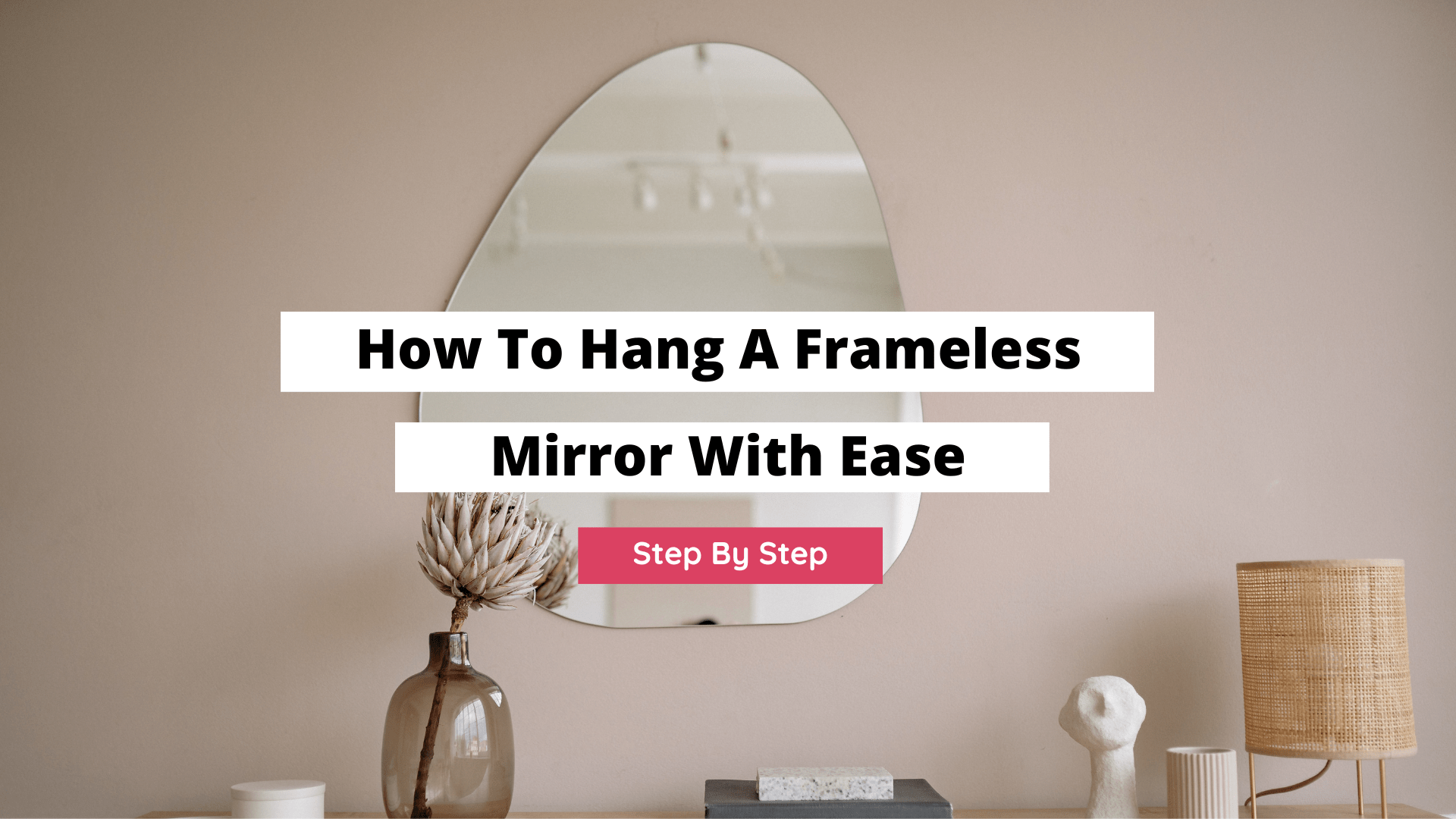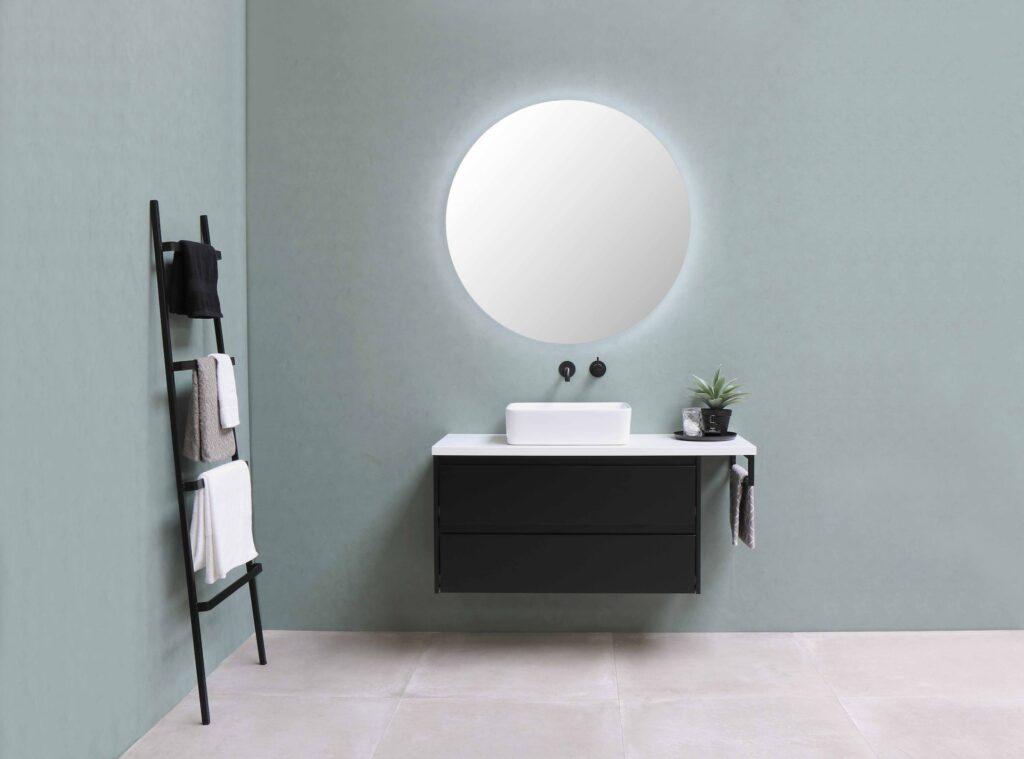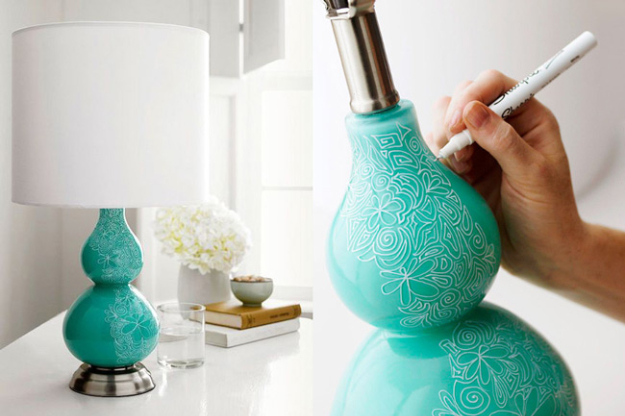How To Hang A Frameless Mirror (Step-By-Step)

Hanging a frameless mirror can be daunting for many people, especially those without any prior experience. However, with the right materials and instructions, anyone can learn how to hang a frameless mirror properly and safely.
Frameless mirrors are often used in bathrooms or near entryways to open up the space and create an inviting atmosphere. In a time where minimalism is celebrated and emphasized, frameless mirrors are a wonderful accessory that promotes this type of look.
What I particularly like about a frameless mirror is that it can blend into any style or room decor, given that it is devoid of a frame.
This guide intends to walk you through every necessary step of hanging a frameless mirror so that you can add an elegant touch and modernity to any room in your home.
Table of Contents
Surefire Steps To Hang A Frameless Mirror

Step 1: Gather the necessary materials
Before you start, ensure you have all the materials needed to hang a frameless mirror. The most important item is the actual frameless mirror itself.
A level is also essential for hanging the mirror to ensure it is straight and even on the wall.
Additionally, you’ll need mounting hardware, such as nails or screws, and adhesive glue for added stability. I would also recommend collecting some old newspaper that can be used on the ground to collect dust and dirt that may come from mounting the frameless mirror.
Finally, safety glasses are an absolute must because there is a chance of glass shattering during installation.
Step 2: Prepare the wall surface
The second step in learning how to hang a frameless mirror is preparing the wall surface using the approaches below.
1. Assessing the wall type: To select suitable adhesive glue and mounting hardware, you must assess the wall type. For instance, if you hang the mirror on drywall, you will need nails and heavy-duty glue. On the other hand, if your wall is brick or concrete, you will need screws and a weather-proof sealant or epoxy.
2. Selecting an adhesive glue: Once you have determined the wall type, it’s time to select a strong adhesive glue for the mirror. An epoxy-based glue that can bond with wood and stone surfaces is the best option. However, if you hang a frameless mirror on drywall or plaster, you may consider using heavy-duty mounting tape instead of glue.
3. Cleaning the wall surface: Before you glue anything to the wall, you must ensure it is spotless and dry. Remove any sort of dust or debris from the surface before applying the adhesive glue. This will ensure a secure bond between the wall and the mirror frame.
Step 3: Hang the mirror
1. Marking where wall anchors will go: Once the wall is prepped and ready, you can mark where the wall anchors will go. The best technique to do this is with a level in order to ensure that your mirror hangs straight and even on the wall.
2. Securing wall anchors into place: Use a hammer to pound the wall anchors securely into place. Ensure they are firmly secured and flush with the wall before moving on to the next step.
3. Attaching mounting hardware to mirror frame: Now that the wall anchors are in place, it’s time to attach the mounting hardware to the mirror frame. Ensure the screws are lined up evenly at all four corners for maximum stability.
4. Install the mirror on mounts with adhesive glue: You can install the mirror on the mounts with adhesive glue. Make sure to place the mirror on the wall evenly and push it firmly into place to secure it. Allow the glue to dry perfectly for 24 hours prior to making any final adjustments.
Step 4: Making Final Adjustments
Once you have installed your frameless mirror, take a few minutes to make any necessary adjustments. This includes checking for any gaps between the wall and mirror frame. If there are any, use a small amount of caulk to fill them in.
Furthermore, ensure the mirror is securely mounted on the wall and does not wobble or shift when touched.
Here, you may need to tighten any screws or add more adhesive glue, if required.
Should I Use An Adhesive Or Mounts?

As much as mirror adhesive tape or glue is easier to use and provides a seamless and clean look, it comes at a cost. It’s more of a permanent solution that will cause damage to the wall and mirror if you try to remove it down the line.
Not only will the glass have to be broken, but the paint, dry wall, and/or cement could be damaged as well. You would have to patch up the entire area and repaint because it will look unsightly.
Mounts are slightly more costly, require more tools for installation, are stronger, won’t damage the wall when you remove the mirror, and provide more flexibility.
The only issue with mounts is that they are slightly visible.
I’m not too afraid of patching up the wall, and what I want is as much security as possible. Which is why I actually recommend a combination of the two. However, if you had to pick, select mounts.
With mounts, you’ll have to install the top and bottom mounting clips about three inches from each side of the mirror.
Final Thoughts
Finally, step back and admire your work! Now you know how to hang a frameless mirror with relative ease.
While the process requires careful attention and precision, it’s not overly difficult. Just take your time and follow the steps outlined above.
With enough patience and skill, you can create a stunning focal point in any room in no time!
Hanging a frameless mirror is a great way to bring a touch of elegance and class to any space. It can make a room look bigger and add a sense of depth and light that would be difficult to achieve with other types of decor.
So, gather your materials, prep the wall surface, and start hanging. You never know what impact your frameless mirror may have!
With that being said, I hope you enjoyed this step by step guide on how to hang a frameless mirror. If you would like to view more of our home decor ideas, check out the articles linked below.
Related posts:
How to cover a mirror in the bedroom
Where should a mirror be placed in a bedroom?




